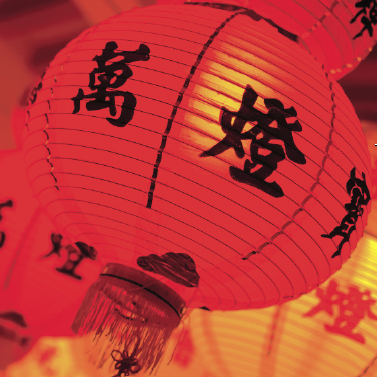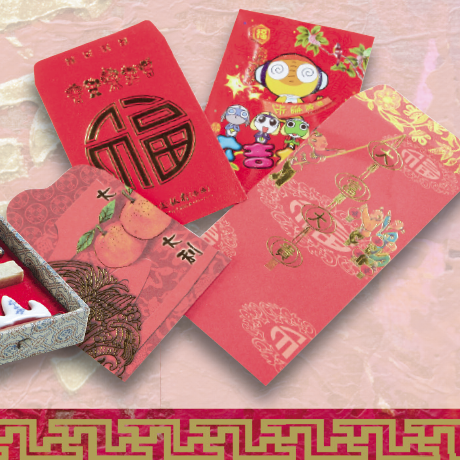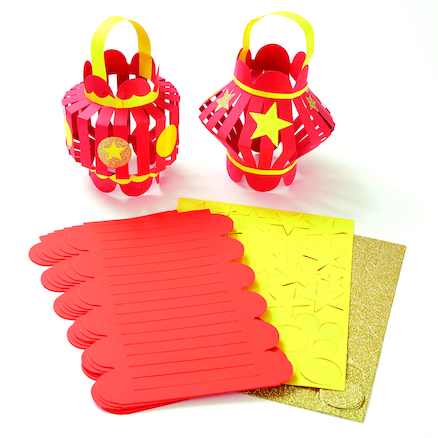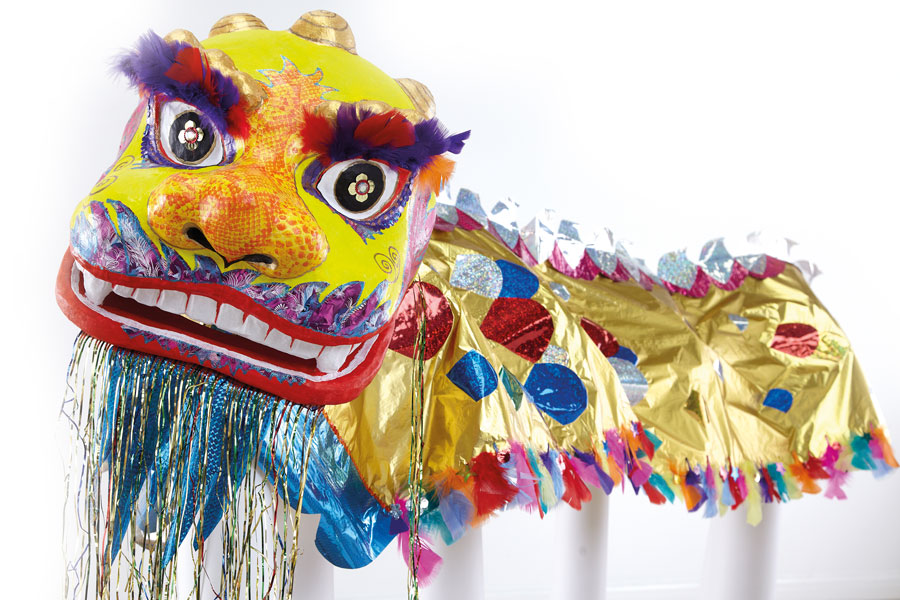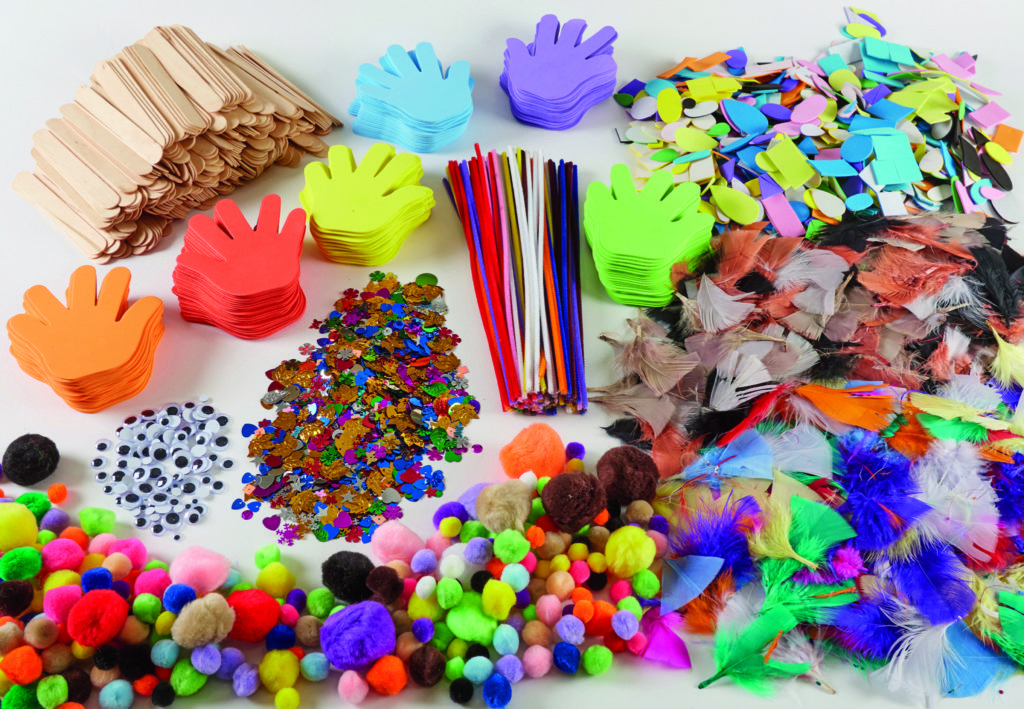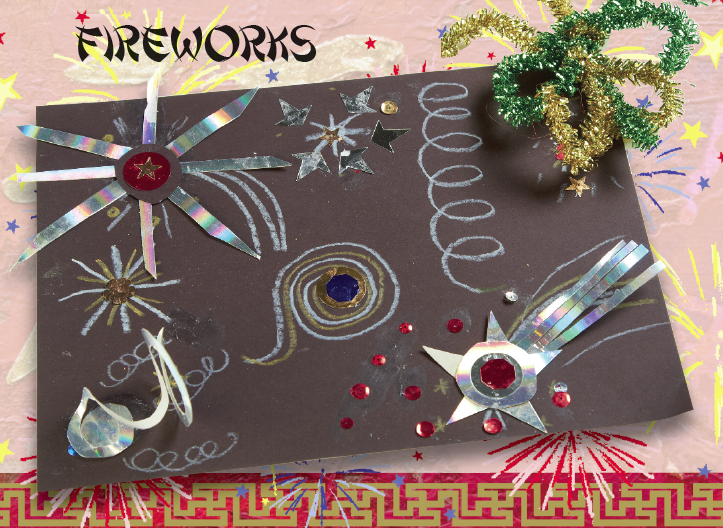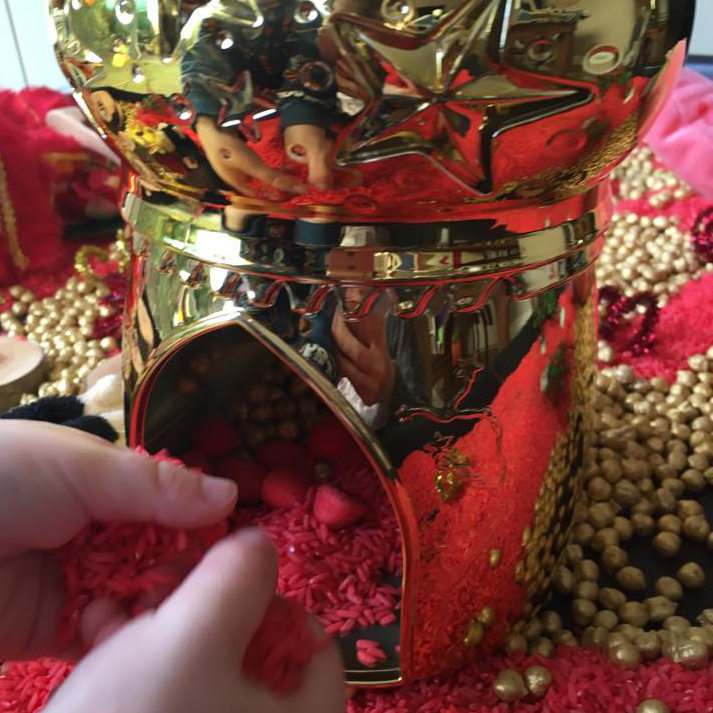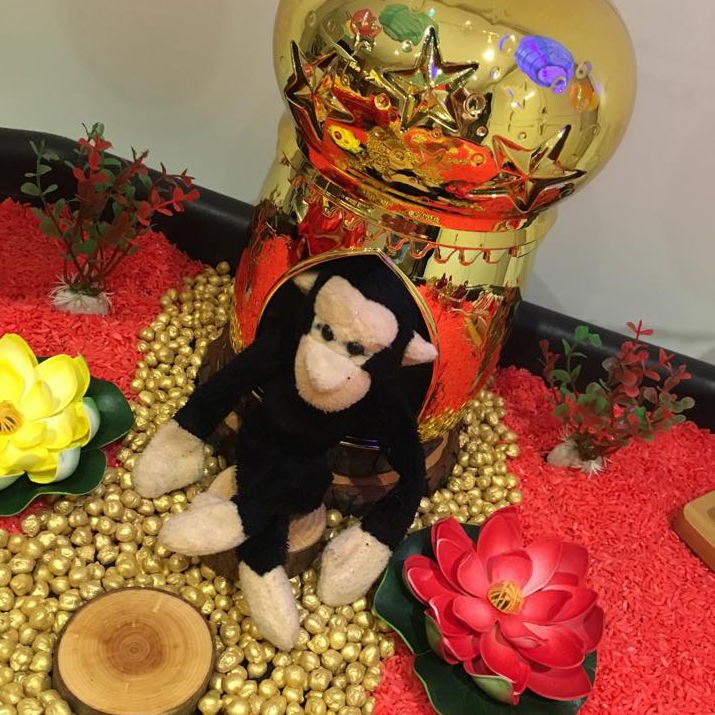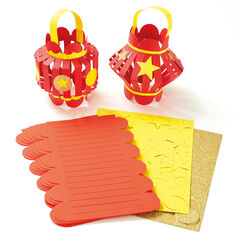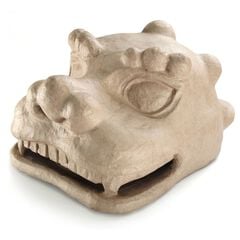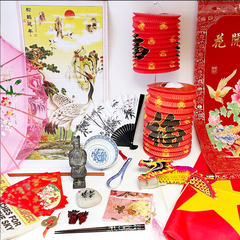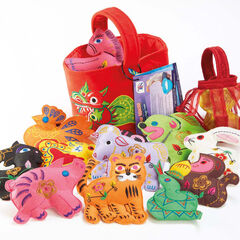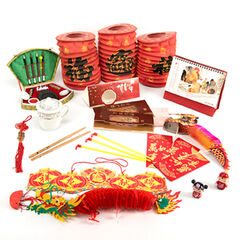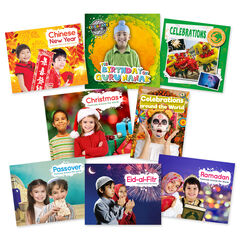The Chinese New Year celebration is a tradition that dates back for many hundreds of years. It is symbolic of letting go of the past and welcoming new beginnings. It’s a very popular time for spring cleaning. It is usual for families to clean their homes as this is seen as sweeping away ill fortune and preparing for the incoming good luck. It is seen as a time to start anew and put arguments behind you. The cleaning takes place before New Year’s Day as it is considered bad luck to clean on this day.
Windows are opened at midnight to let the old year out and the new year in. Families often have lots of lights and lanterns decorating their homes. Doors and windows may be painted red. On New Year’s Eve red and gold decorations are hung from the doorway. The decorations may have writing on them wishing good luck, happiness, health and good fortune. Red is considered lucky as it keeps bad spirits away.Kumquats, oranges and tangerines are sometimes used as part of the decorations as they too are considered lucky.
Red Envelopes
To celebrate the new year children are often given money in red envelopes. These are called Hong Bao (they may also contain sweets). Envelopes are not opened in front of the person who has given them. The amount of money is an even number, as odd numbers are seen as unlucky. The number 8 is considered a really lucky number. Red is traditionally a lucky colour. There is often a picture of a fish or the Chinese word for fish written, as it is the same sound as the word for ‘plentiful’. Try adding gold chocolate coins to red envelopes for the children to discover and explore.
Lantern festival
On the last day of the Chinese New Year a lantern festival is held called Teng Chieh. It coincides with the first full moon of the year. Lanterns are lit and many are sent into the night sky with the senders’ wishes and prayers. The lanterns are often red with fu written on them, which means good fortune. Lantern making is a very old tradition and goes back to at least 500 years. Try making your own lantern.
The lion dance
There may be street celebrations and parades during the New Year festivals. The lion dance is seen as bringing good luck. Dragon dances are also performed at New Year to scare away evil spirits. Make your own school dragon like the one above. Follow our instructions here. Or make a smaller version like the one below using the bumper craft kit.
Fireworks and fire crackers
In China there is an ancient legend about Nian, a man eating monster who came down from the mountains. It was winter time and he was hungry and so he wanted to eat the people. To scare him away, they made lots of loud noises and wore bright colours. This is said to be where the tradition of fireworks came from. Try making your own wax resist or collage firework picture like the one above.
Chinese Zodiac calendar
Each year an animal is designated to the new year. The Chinese calendar is made up of a cycle of twelve years (or twelve zodiac signs). In the Chinese Zodiac, each year is named after one of twelve animals. There are many different stories about how the cycle came about, although most of the tales follow the theme of a race. Each of the animals has different characteristics associated with them, so this provides a great opportunity for children to discuss their own characteristics. In a setting, it is likely that there will not be many different birth years, but children could try and discover in what years their parents, grandparents, siblings, etc. were born and see if they do match up to the characteristics for that birth year. It might also give the teacher an insight as to why this year’s class is so different from last year’s! For example, people born in the Year of the Dragon are healthy, energetic, excitable, short tempered and stubborn. They are also honest, sensitive, brave, and they inspire confidence and trust. They tend to be soft hearted. For a FREE full list of what each sign means, download our information sheet below.
The Chinese New Year basket contains a super collection of animals and a lantern as well as some activity cards that share a few key facts about the Chinese New Year.
This Chinese New Year collection is great for bringing your geography lessons to life and explore the traditions of Chinese New Year in the classroom. It includes a selection of lanterns, a Chinese dragon, new year cards, red envelopes, Chinese coins, New Year greeting children, chop sticks, traditional tea mug, Zodiac calendar and a writing set.
We were inspired by this lovely Chinese New Year themed Tuff Spot by Tuff Trays and Sensory Play. We love the use of dyed rice and chick peas for a real sensory approach. Why not add chinese spices and star anise for the children to explore?
Enjoy a Vegetable Stir Fry – see our recipe and instructions below:
A big thank you to Annkie Cheung and family for all the help with both the key fact cards and the wonderful and tasty recipe idea!


